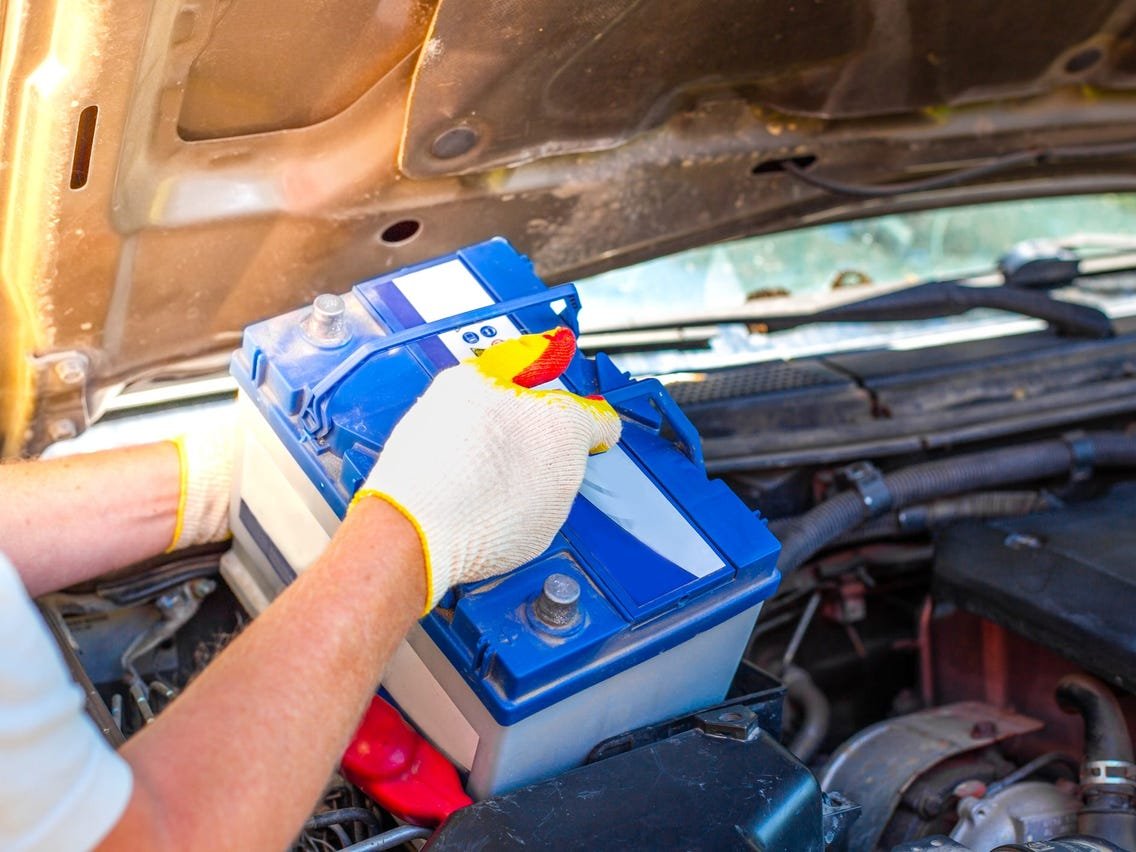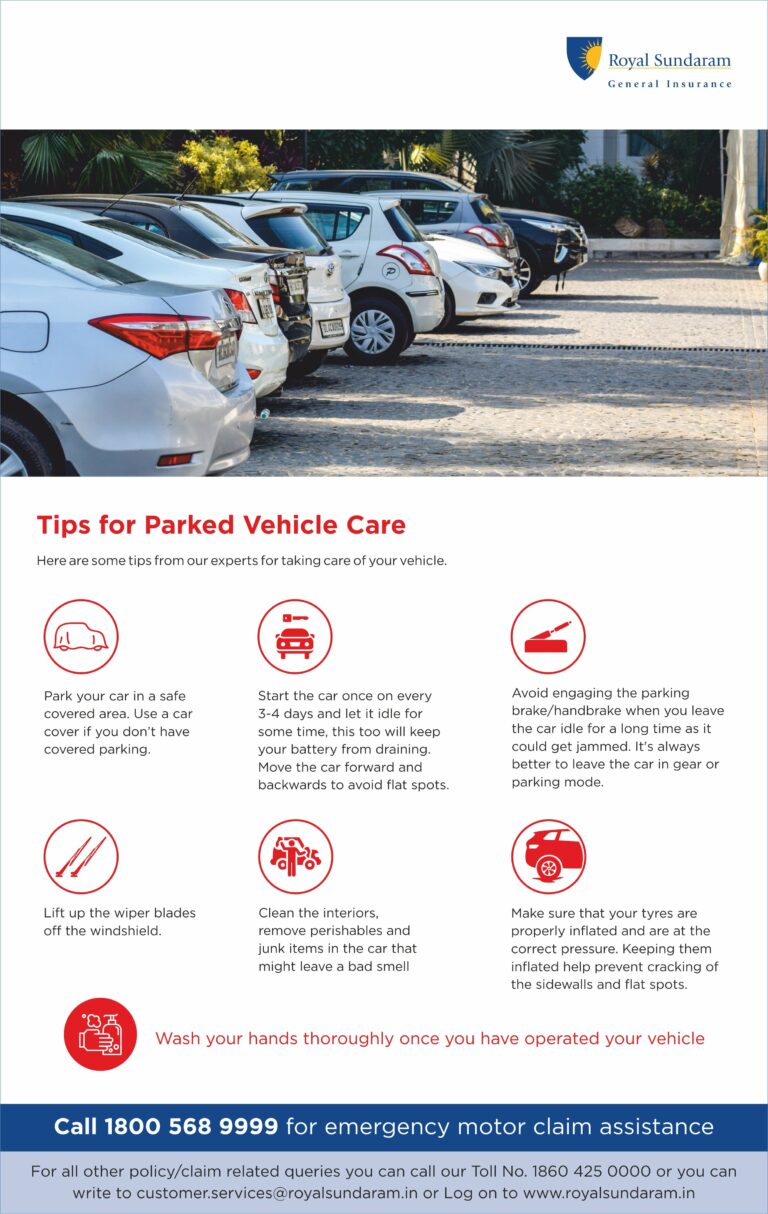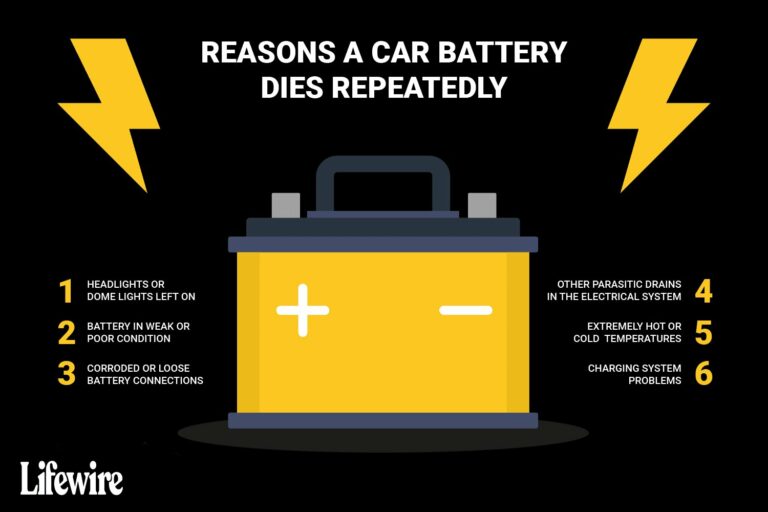Step-By-Step Guide: How To Replace A Car Battery
If you need to change your car battery, don’t worry, we’re here to help! This article will walk you through the easy steps to replace your car battery without any trouble. We will cover everything from getting the required tools to safely disconnecting and installing the new battery, offering clear instructions to make the process smooth. If you’re prepared to roll up your sleeves and give your car a new lease on life, let’s explore the ins and outs of replacing a car battery together.
How to Replace a Car Battery?
Replacing a car battery is a relatively simple task that many car owners can do themselves. Whether you’re experiencing a dead battery or want to upgrade to a new one, knowing how to replace it can save you time and money. In this comprehensive guide, we will walk you through the steps of replacing a car battery, from preparation to installation. By following these instructions, you’ll be able to confidently replace your car battery and get back on the road in no time.
Safety First:
Before starting the battery replacement process, it’s essential to prioritize safety. Here are some crucial safety precautions to keep in mind:
- Turn off the ignition and remove the car keys from the ignition switch.
- Ensure that all electrical components, such as lights and the radio, are turned off.
- Wear protective gloves and eye goggles to protect yourself from any potential hazards.
- Remove any metal jewelry or accessories that may come into contact with the battery terminals.
- Inspect the battery casing for any signs of damage or leaks. If you notice any, handle the battery with extreme caution or seek professional assistance.
Gathering the Necessary Tools and Materials:
Before you begin the battery replacement process, gather the following tools and materials:
- New car battery
- Protective gloves and eye goggles
- Adjustable wrench or socket set
- Battery cleaning solution or a mixture of baking soda and water
- Wire brush or battery terminal cleaner
- Battery terminal protector spray or petroleum jelly
- Battery hold-down clamp or strap (if required)
Identifying Battery Location and Type:
Prior to changing the battery, it is crucial to determine where it is situated in your car. While most vehicles have the battery under the hood, certain models may have it in the trunk or beneath the rear seat. Refer to your car’s manual to pinpoint the precise location.
Furthermore, ascertain the type of battery needed for your car. Lead-acid batteries are the most prevalent, available in various sizes and capacities. Ensure you acquire a battery that aligns with your vehicle’s requirements.
Removing the Old Battery:
Now that you have gathered all the necessary materials and located the battery, it’s time to remove the old one. Follow these steps:
- Begin by disconnecting the negative (black) terminal first. Loosen the nut securing the cable clamp with an adjustable wrench or socket set.
- Carefully lift the cable clamp from the battery terminal and set it aside, ensuring it doesn’t come into contact with any metal surfaces.
- Repeat the same process for the positive (red) terminal.
- Inspect the battery hold-down clamp or strap. If present, remove it using the appropriate tool.
- Lift the old battery straight out of its housing, taking care not to tip or drop it.
Preparing the New Battery:
Before installing the new battery, it’s crucial to prepare it properly. Follow these steps:
- Clean the battery terminals and cable clamps using a wire brush or battery terminal cleaner. If there is corrosion or dirt buildup, use a mixture of baking soda and water or a battery-cleaning solution to remove it.
- Apply a thin coat of battery terminal protector spray or petroleum jelly to the battery terminals. This will help prevent corrosion and ensure proper electrical contact.
Installing the New Battery:
Now that the new battery is prepared and the old one is removed, it’s time to install the new battery. Follow these steps:
- Lower the new battery into the battery housing, ensuring it is positioned correctly.
- Reinstall the battery hold-down clamp or strap if necessary.
- Connect the positive cable clamp to the positive terminal on the new battery. Tighten the nut securely with an adjustable wrench or socket set.
- Repeat the same process for the negative cable clamp and terminal, ensuring a tight connection.
Testing and Finishing Up:
After installing the new battery, it’s vital to perform a few checks to ensure everything is in working order. Follow these steps:
- Double-check the battery connections to ensure they are secure and tight.
- Turn on the ignition and test the electrical components, such as lights, horn, and radio, to confirm they are functioning correctly.
- If everything is working properly, close the hood or trunk securely.
Proper Disposal of Old Battery:
Since car batteries contain hazardous materials, it’s crucial to dispose of them properly. Here are a few options:
- Return the old battery to the retailer or auto parts store from where you purchased the new one. Many stores have recycling programs in place.
- Take the old battery to a local recycling center or hazardous waste disposal facility.
- Check if your local government has a designated collection site for automotive batteries.
Maintaining Your New Battery:
To prolong the lifespan of your new battery, it’s essential to perform regular maintenance. Here are some tips:
- Keep the battery clean and free from dirt, debris, and corrosion.
- Check the battery’s fluid levels (if applicable) regularly and top up with distilled water as needed.
- Monitor the battery’s performance and consult a professional if you notice any issues.
- Consider investing in a battery charger or maintainer to keep the battery charged during long periods of inactivity.
How to Replace a Car Battery (the Right Way)
Faqs for How To Replace A Car Battery:
If you experience difficulty starting your car, notice dimming headlights, or hear clicking sounds when you turn the key, it may indicate a weak or failing car battery. You can also use a voltmeter to check the battery’s voltage. If the reading is below 12.4 volts, it might be time to replace the battery.
You will typically need a pair of gloves, safety glasses, a socket wrench with the appropriate size socket, and sometimes pliers or a battery terminal cleaner. It’s important to consult your car’s manual for specific instructions and any additional tools that may be required.
First, ensure the engine is off and the keys are removed from the ignition. Locate the battery and identify the positive (+) and negative (-) terminals. Start by removing the negative cable, followed by the positive cable, using a wrench or pliers. Then, loosen the battery hold-down clamp and carefully lift the battery out of the tray.
Begin by cleaning any corrosion or debris from the battery tray and terminals using a battery terminal cleaner and a wire brush. Place the new battery in the tray and secure it with the hold-down clamp. Connect the positive cable to the positive terminal, followed by the negative cable to the negative terminal. Ensure the connections are tight but be careful not to overtighten.
Always wear gloves and safety glasses to protect yourself from any acid or debris. Avoid smoking or open flames near the battery as it contains flammable gases. Disconnect the negative cable first and reconnect it last to minimize the risk of short circuits. Finally, dispose of the old battery properly at a recycling center to avoid environmental harm.
In some cases, you may need to reset your car’s clock, radio presets, and other settings. However, newer car models often have built-in memory backup systems that retain the settings during battery replacement. It’s best to consult your car’s manual or contact a professional if you’re unsure about resetting any specific features.
Final Thoughts
Replacing a car battery is a relatively simple task that can be done by following a few steps. First, locate the battery and disconnect the negative terminal followed by the positive terminal. Remove any additional components, such as brackets or hold-downs, and carefully lift out the old battery. Place the new battery in the same position and reattach the components in reverse order. Finally, reconnect the positive terminal followed by the negative terminal. By following these steps, anyone can successfully replace a car battery and ensure the smooth functioning of their vehicle. How to replace a car battery? It’s a straightforward process that can be done with ease.



